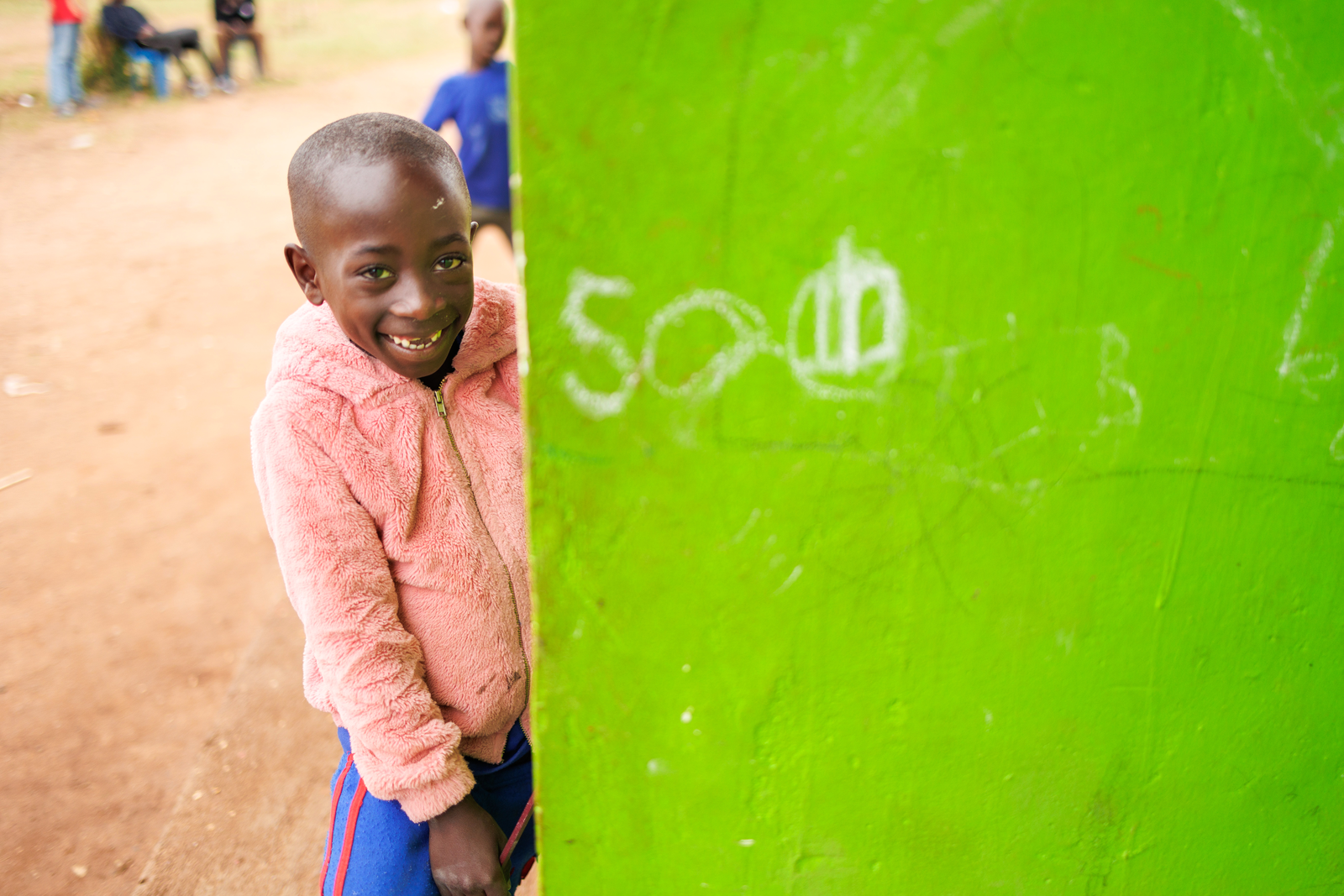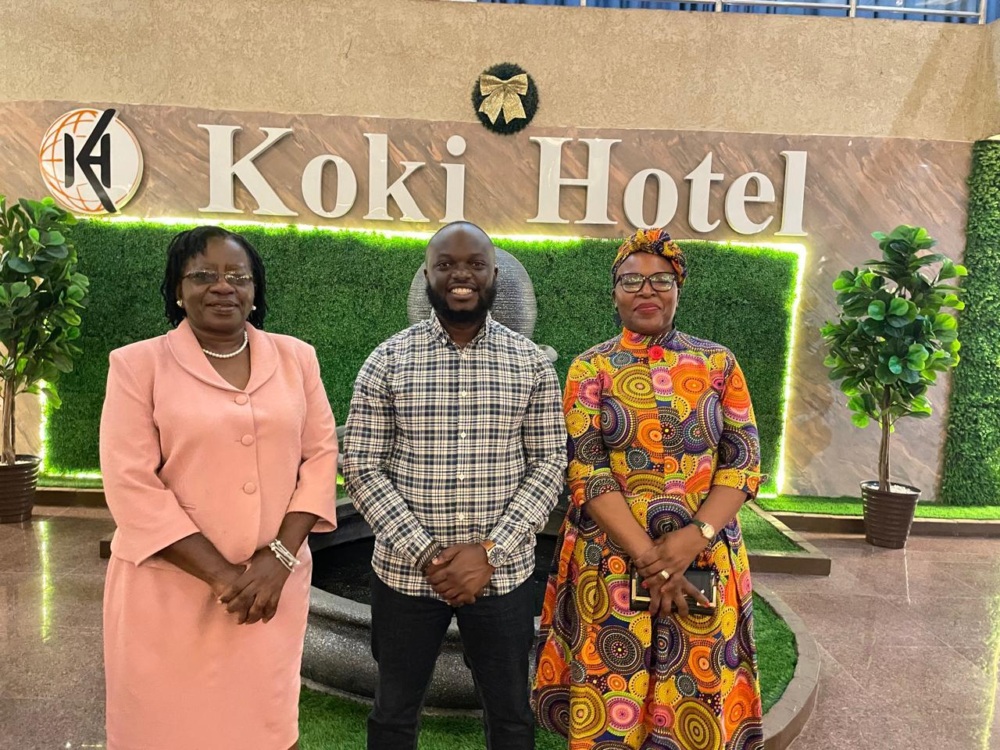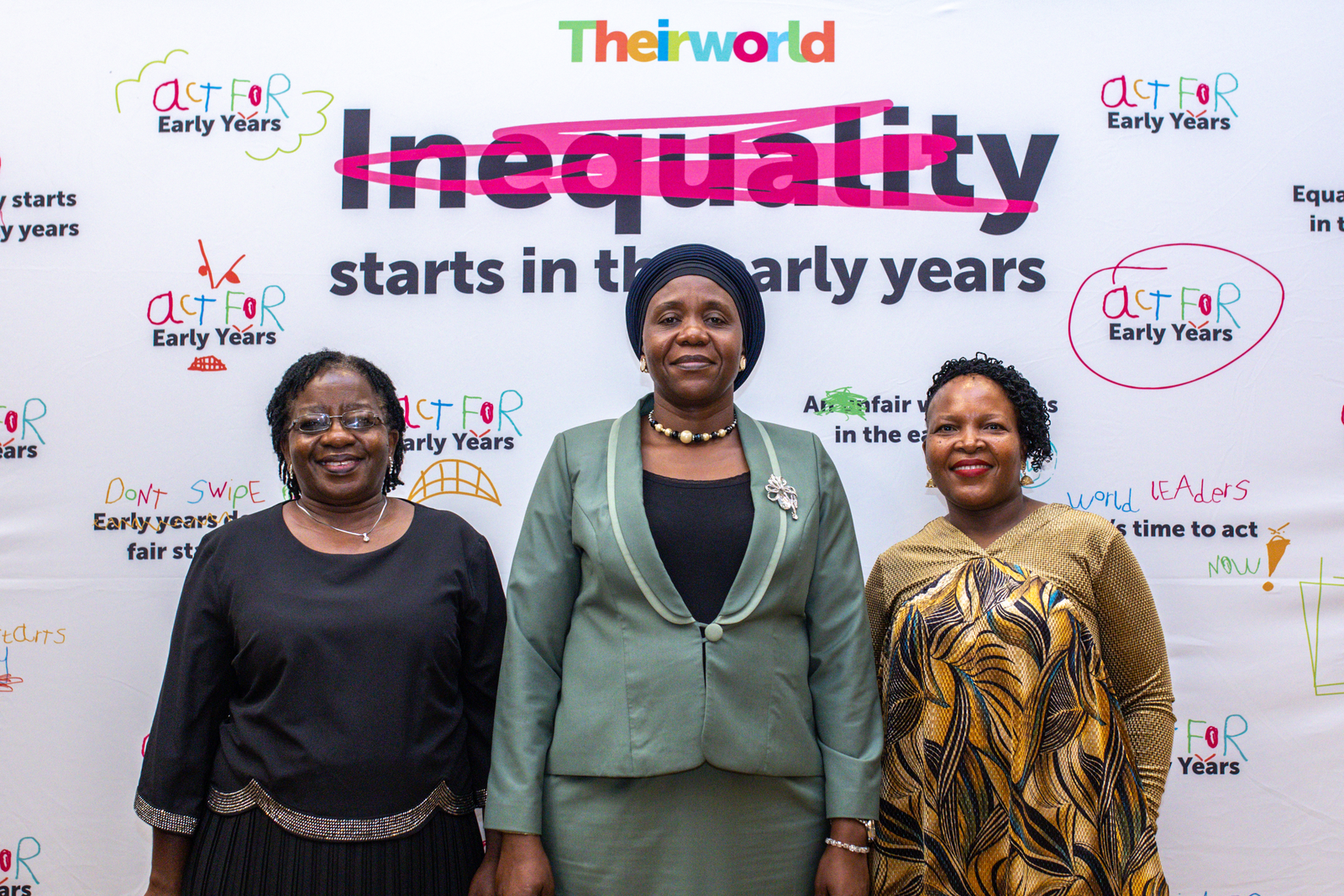
“To see refugees, some of whom were brought up hating the other, come together and dance was beautiful”
Global Youth Ambassadors, Refugees and internally displaced people
Students travelled to Greece to see how dance could create change among young refugees from different countries and backgrounds.
In January 2018, I took a class at New York University Abu Dhabi called How Movements Make Meaning. The course examined dance dramaturgy in relation to the contemporary refugee crisis, exploring how dance could be used as a means of activism or, in other words, artivism.
As part of the course, our class travelled for a five-day trip to Greece to put to the test what we had fervently read and debated about in class and implement it at the grassroots level. The idea was to gain a tangible understanding of refugeehood and experience the power of dance in creating change.
Our class of 15 visited refugee camps and migrant residences in Athens, where we conducted interactive dance classes for refugee children and adults.
Through these dance sessions, we encountered heartbreaking stories of refugeehood, learned that despite their dire circumstances many refugees and migrants remained hopeful and, most remarkably, witnessed how dance could be used to bring people and communities together, even in the face of adversity.
I recall a few individuals who left a mark on me. At Eleonas Refugee Camp, a young Pakistani girl attended our classes.
As the other children jumped and played, she would sit in a corner practising the dance we had taught her, repeating each step multiple times. I wasn’t sure if it was because she felt excluded or was just passionate about dance – perhaps both.
She told me: “I have no friends at the camp. But I’m the first to befriend volunteers and instructors like you.” She went on to share that she was living in the camp with her father and hadn’t seen her mother in two years.
She was hopeful that they would meet soon however, time and again reiterating that she would reunite with her mother in Switzerland.
Later, a volunteer revealed to us that there was one kid the camp volunteers perpetually worried about. They would occasionally see bruise marks on her body and would sometimes find her father either shouting at her or locking her indoors, refusing to allow her outside their cabin.
The volunteer admitted that they had no concrete proof yet, but this deeply affected me – the possibility of this little girl, with so much hope and potential inside her, being mistreated behind closed doors was heartbreaking.
On the following day, we visited the Melissa Network – a community centre in Athens that is devoted to refugee assistance, where they conduct language and professional skills classes and workshops for over 120 female refugees.
I met a young woman there with a remarkable story. She sat quietly at the other end of the table as we had lunch, shyly smiling at me yet avoiding eye contact. I approached her and we began conversing in Urdu.
It took time but soon she opened up and began sharing her journey as a refugee. As a Shi’a Muslim in Pakistan, her family faced insurmountable challenges – her grandfather was shot three times in the head, her uncle’s arms were cut off … it became so dangerous for her family that they had no choice but to leave.
Her escape from Pakistan to Greece entailed 20 hours of trekking, stumbling upon dead bodies on the path of those who couldn’t complete the journey, followed by days in a confined ship container in Iran – and then an isolated, prison-like room with 10 members of her family for weeks in Turkey.
Finally, she made it to Greece – her first entry point into Europe. “There were moments when I didn’t think I would make it,” she shared. But she did. She has now received asylum in Greece, is enrolled at a local university and comes once a week to the Melissa Network for Greek lessons.
Lastly, there were three Afghani girls at the Eleonas Refugee Camp who would sit in a corner during our dance sessions, sourly observing the other children dance to pop songs, like Despacito and Mr Policemen.
I approached them, calling on them to join us. They refused, sharing that they didn’t want to dance to these songs and that they would only join if we played a song from their country.

We happily obliged but children from other ethnicities (some Syrian, Pakistani, Iranian etc.) didn’t feel the same way. They ignored and booed the girls as they danced, unwilling to embrace, let alone acknowledge, a culture different to theirs.
It was at this moment that I was confronted by the grim reality of their situation – though the camp inhabitants resided in the same space, they were not one community. Every refugee had a different background, bias and idea of the other.
They didn’t choose to live together, they were forced to. So how could we bring them together? We didn’t know the answer to that ourselves. But through our dance classes over the days and the sense of the community we attempted to create within our dance room, we managed to change something.
On the last day, all our dance groups from different refugee camps assembled together at Kipseli Market to showcase what we had all learned. This time, when we played the Afghani song, the other children didn’t turn away. They cheered their Afghani friends on, some even joining them.
To see Pakistani, Afghani and Syrian refugees, some of who were brought up hating the other, come together and dance wholeheartedly, was rivetingly beautiful. It was then that it struck me – the power of dance.
Nadina Christopoulo, co-founder of the Melissa Network, said to us: “All we have is our stories.” These stories have left an indelible mark on me.
More news

African youth rise up to demand early years spending target is met
